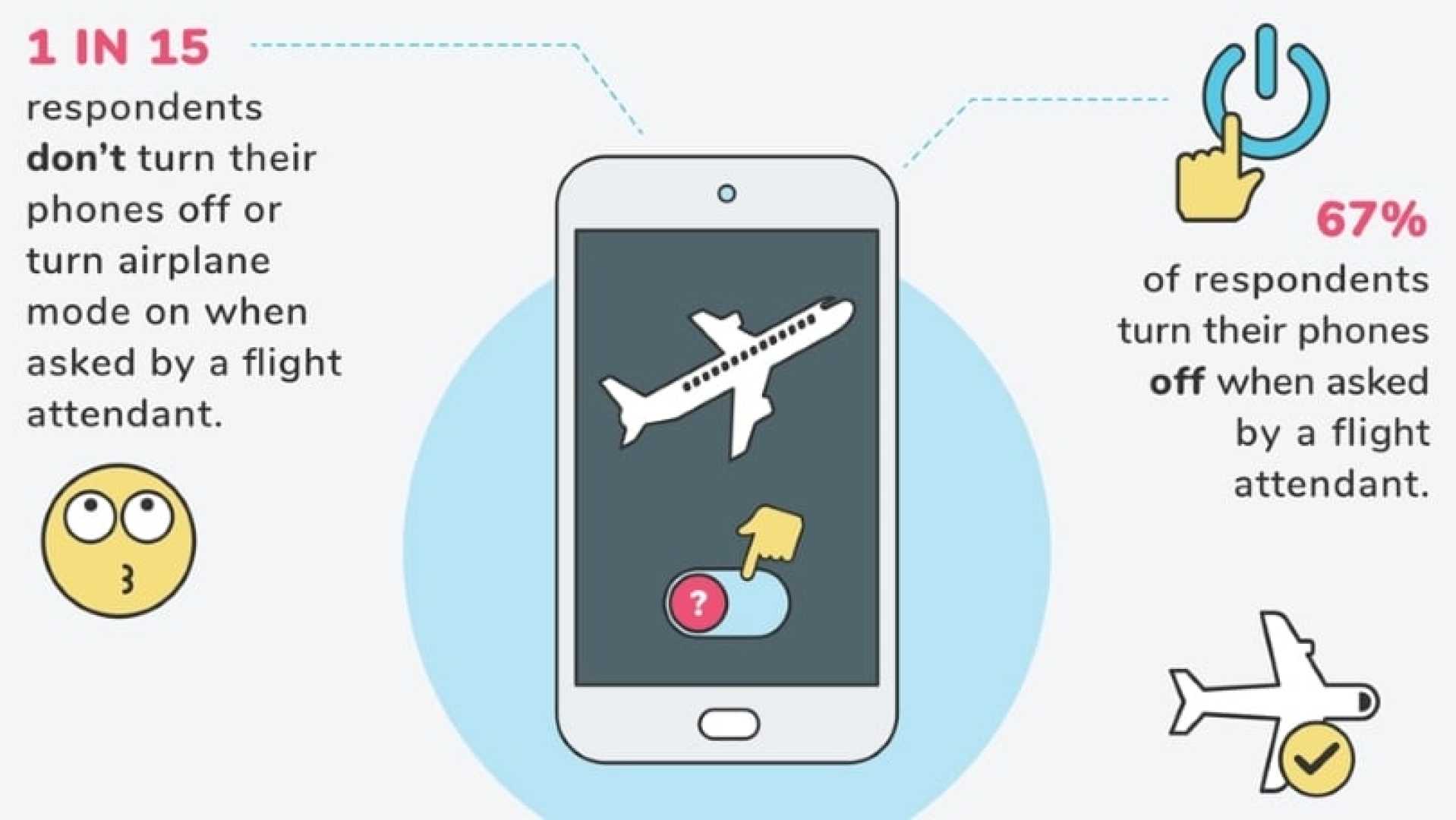News
Why Airplane Mode Matters: Insights from Pilots

WASHINGTON, D.C. – As summer approaches, travelers are flocking to airports for sunny getaways, prompting the familiar query: why must we switch our phones to airplane mode during flights? Experts weigh in on this seemingly mundane precaution.
Gary Coxe, a seasoned pilot with over 7,000 flying hours, asserts that neglecting to switch to airplane mode usually has minor ramifications. “Not a darn thing,” he states simply. However, not all in the aviation community share his casual perspective.
PerchPoint, a popular pilot and former U.S. Army member, pointed out in a viral TikTok video that mobile radio waves from just a few passengers might disrupt cockpit communication systems, especially on a Boeing 737. “It’s like the buzzing of a mosquito. Annoying,” he said, highlighting the importance of clear communication during critical flight phases.
While most U.S. airlines request passengers utilize airplane mode, rules are changing in Europe. Passengers within the UK and EU are no longer required to turn off their phones, thanks to regulatory changes allowing in-flight 5G technology as of June 2023. European airlines must now equip their planes with picocells, enabling mobile connectivity.
Dai Whittingham, chief executive of the UK Flight Safety Committee, previously noted that the old requirement stemmed from concerns about possible interference with flight control systems. “The risk of interference is very small,” Whittingham explained. Despite updated rules, he still advises making the switch to airplane mode, helping conserve battery life and reducing potential distractions.
In summary, while skipping airplane mode may pose limited risks to flight safety, aviation experts still advise compliance with these protocols to ensure a smooth flying experience.












